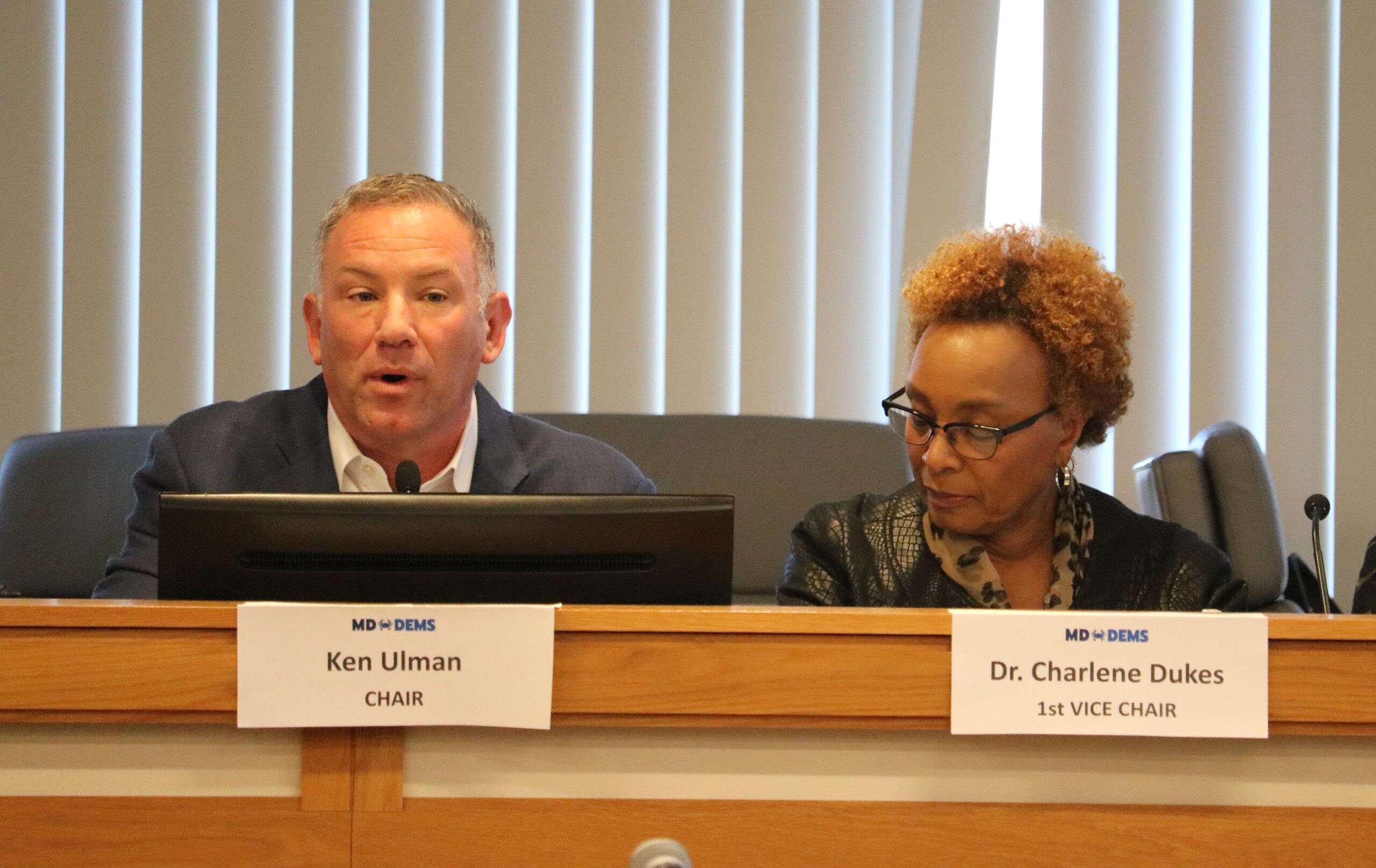Opinion: Legislature’s Redistricting Plan Does Right by Ellicott City — In More Ways Than One

By Tony McGuffin
The writer is a Main Street Ellicott City resident and a former chair of the Howard County Democratic Central Committee.
In the legislative redistricting challenges, Fair Maps Maryland and Republican petitioners seem obsessed, insisting that all districts are drawn to be, primarily, compact. However, compactness is not the main goal of legislative redistricting. Article III, Section 4 of the Maryland Constitution instructs that, “Due regard shall be given to natural boundaries and the boundaries of political subdivisions.”
Whether for a congressional map, or for the state legislative district maps now being challenged, considerations such as the political subdivision boundaries and the natural boundaries are meant to relegate the desire for compactness to its appropriate level of priority: as an important factor, but not the overall objective.
However, the governor’s appointed group, the Maryland Citizens’ Redistricting Commission (MCRC) ignores Article III, Section 4 entirely, ending up out of compliance with the laws, at least in Howard County. Republican petitioners challenging the Legislative Redistricting Advisory Commission’s (LRAC) map, already passed by the General Assembly, even go so far as to claim that since Ellicott City, for example, in Howard County’s District 9, is not a municipality, it is therefore not a political subdivision for the purpose of Article III, Section 4 of the Constitution.
However, state law defines political subdivisions not only as municipalities, but also as unincorporated towns, which Ellicott City is; and includes any “special districts in the State,” which Ellicott City is as the county seat of Howard.
Ellicott City is also one of Maryland’s National Historic Districts. The MCRC map, however, divides the historic part of Ellicott City between two legislative districts, lopping off the last mile and a half of Ellicott City from the rest of it. And, incidentally, in the western part of Howard County, that commission, after amputating the mostly blue Ellicott City, piles on a deep red lump of Carroll County onto 9A, skewing the chances of two of the new Democratic stars in the General Assembly, Sen. Katie Fry Hester and Del. Courtney Watson, in a blatant gerrymander which also makes the district, ironically, considerably less compact than the LRAC map.
Most egregious, and it seems, inexplicable, is that the MCRC, and the Republican petitioners are all ignoring one of the most important, and notable natural boundaries in the state at this time, the natural boundary of the Tiber-Hudson Flood Plain, an actively dangerous flood plain currently undergoing one of the most urgent, and massive civil engineering and capital projects in the state. A district racing urgently through storm water mitigation projects, with a legislative team at peak operation, after two devastating floods, should not be so foolishly obstructed at this crucial time.
Pulling asunder the last mile and a half of Ellicott City, the mile and a half that floods, from the rest of the flood plain is not just counterproductive, but at once creates a possible tragic, existential crisis.
While Ellicott City desperately waits with dread for the next big storm, there is a team of elected officials, both state and county, who are integral members in the web of collaboration and communication involved in this huge flood mitigation and safety project. They each play major roles, coordinating with myriad agencies and organizations from the Army Corps of Engineers to the historic and preservation organizations, and wrangling a budget to pay for it. Why disrupt this model of good government currently excelling in a project, trying to save one of Maryland’s finest historic places? That would be not only unfair, but negligent.
Further, there is no discernible wisdom in MCRC putting that small, yet in great need of service, part of Ellicott City onto the top of a district stretching down through Laurel.
Laurel — already in the throes of their own huge, complicated, major capital project, the Route 1 revitalization — will be ill-served by this lack of foresight on the part of MCRC map drawers.
On the other hand, The LRAC maps comply with Maryland’s constitutional instructions. Their proposed map for state legislative districts gives respect to the rules, keeps most jurisdictions intact, makes a few adjustments, and ends up, in some cases, to be more compact than the competing maps.
And most importantly, the LRAC map creates no impending disasters. Ellicott City deserves at least that as we celebrate its 250th anniversary.




 Creative Commons Attribution
Creative Commons Attribution